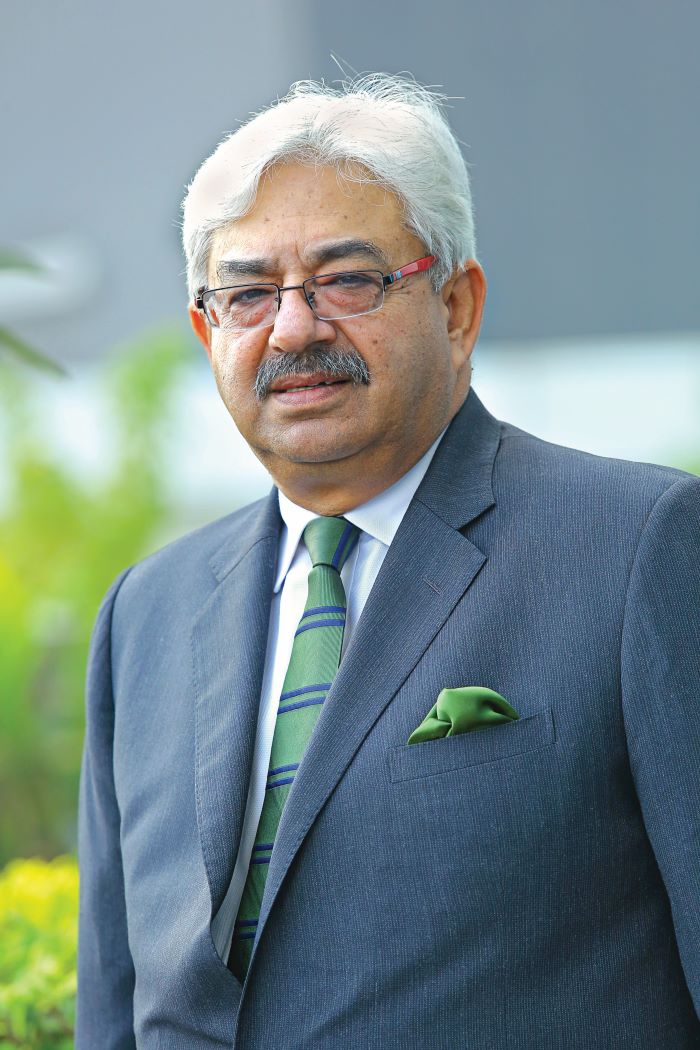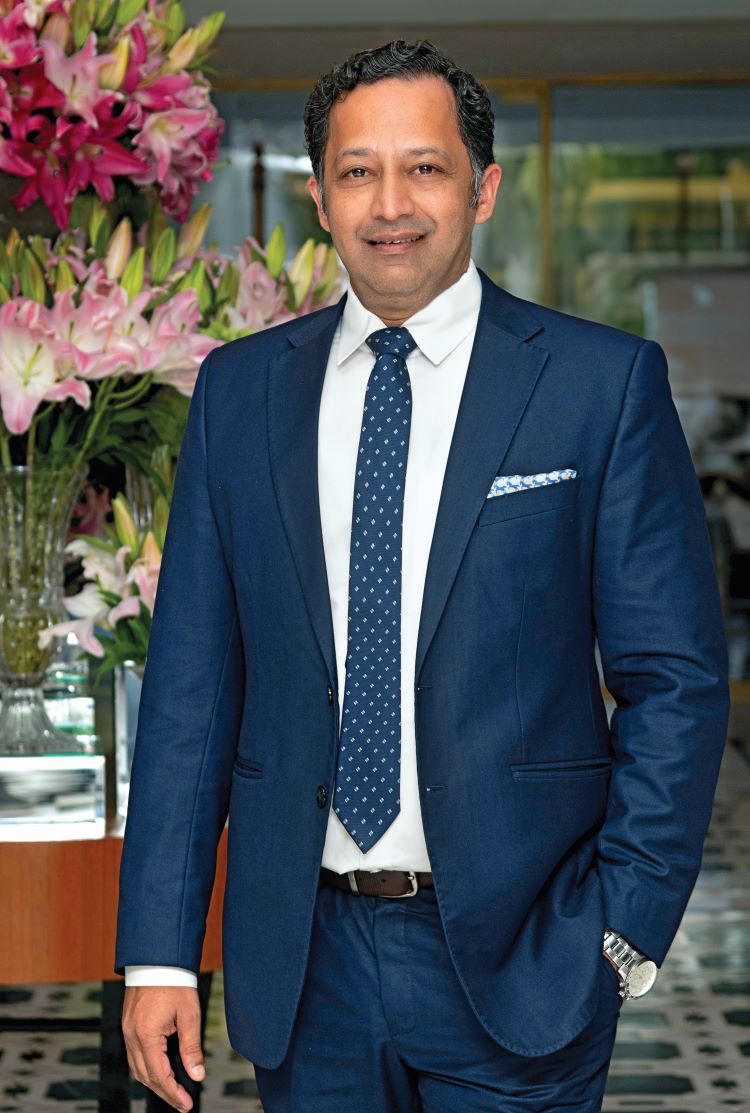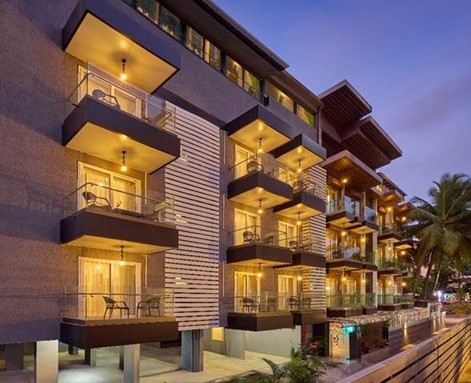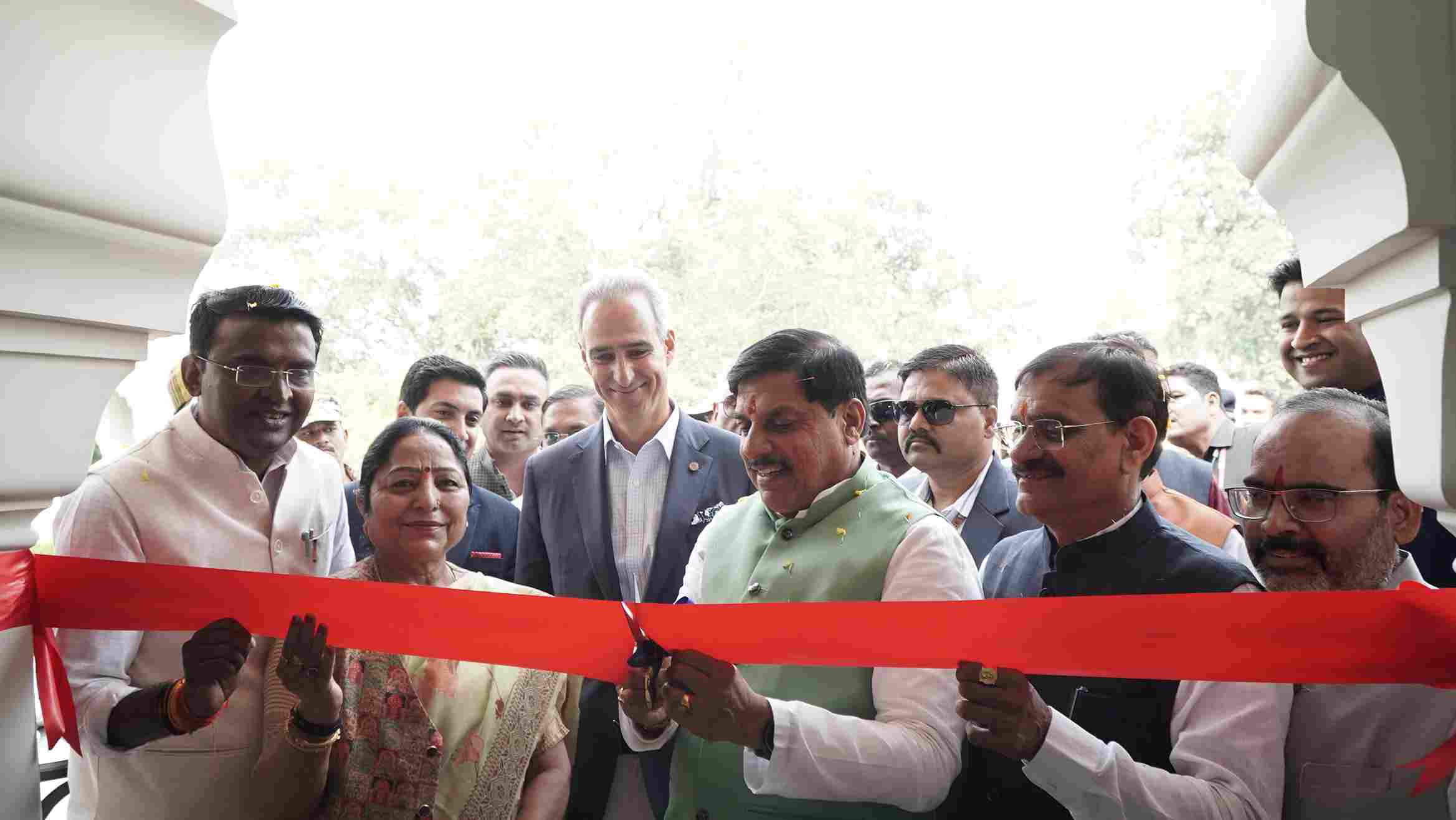With more than 570 hotels across six continents, Hilton Hotels and Resorts has laid the foundation for memorable travel experiences. Rupert Hallam, Vice President, Sales – Asia Pacific, Hilton Worldwide, talks about India as a favourable market.
Tell us about the Hilton Showcase 2017.
We hold Hilton Showcase once a year and it’s all about our customers. We have around 25 hotels worldwide that are joining us here in Delhi to connect with Indian customers. Hilton Showcase is all about engagement, expanding our customer base, networking, and helping clients understand the Hilton brand. Hilton has 14 brands spread across the globe and this showcase helps them connect at a local level, while building relationships that could further grow into business partnerships and associations.
How important is India as a market for Hilton?
India is incredibly important to Hilton. We have 15 hotels presently operating in the country, with two more scheduled to open by the end of the year. Conrad Bengaluru, the second Conrad hotel in the country after that in Pune, will open in the third quarter. Hilton Garden Inn Lucknow will open in the fourth quarter. Both hotels beautifully complement the footprint of hotels we already have in India. Outbound business is equally important to us. India now ranks in the top ten outbound markets of the world in terms of both business and leisure tourism. Hilton has 4,800 hotels across the globe, and we are here to ensure that we see this market as an absolute mandate for the growth of Hilton.
Tell us more about your expansion plans.
At the moment, we have around 184 hotels across Asia Pacific. We plan to take this count up to 200 by the end of the year. A large part of this prospective expansion will be concentrated in China. Apart from the two hotels that will be opening in India this year, we have another 18 in the pipeline. Southeast Asia is also a strong development point for us. We are also looking to expand our presence in Australia. What’s your take on mergers and acquisitions? We grow organically, continuously on the lookout for associations with the right partners, in the right locations, with the right products. In India, we are adding few hotels every year, which is entirely an organic growth.
How different is managing properties in India from those in the Asia Pacific region?
I have managed properties in Australia and I see the way properties are being managed and operated in different parts of the world. I don’t think there is much difference in running a property in India and running one in any other part of the world. We have to ensure that the clients are looked after. The energy that I see in my team in India is palpable and that comes through in operations as well. We develop that talent and maintain that talent, making sure that it stays within the Hilton brand. You can have a beautiful hotel but without the right team, it’s worthless. This industry is not just about beautiful properties, but also about people and delivery of services, and that is exactly what we do as a sales team.
Has demonetisation affected Hilton in any way?
We carried on with our business, so demonetisation really didn’t affect us. Is there any category of hotel that will witness a rise in the near future? Asia Pacific is still developing as a market for luxury hotels and luxury brands. As far as global trends are concerned, there is a shift towards focused-service brands. Corporates these days want options. Price is not the only factor that influences their decisions; value for money is what they look to get. We need to give them options in full-service as well as focused-service segments.
Is there any category of hotel that will witness a rise in the near future?
Asia Pacific is still developing as a market for luxury hotels and luxury brands. As far as global trends are concerned, there is a shift towards focused-service brands. Corporates these days want options. Price is not the only factor that influences their decisions; value for money is what they look to get. We need to give them options in full-service as well as focused-service segments.










